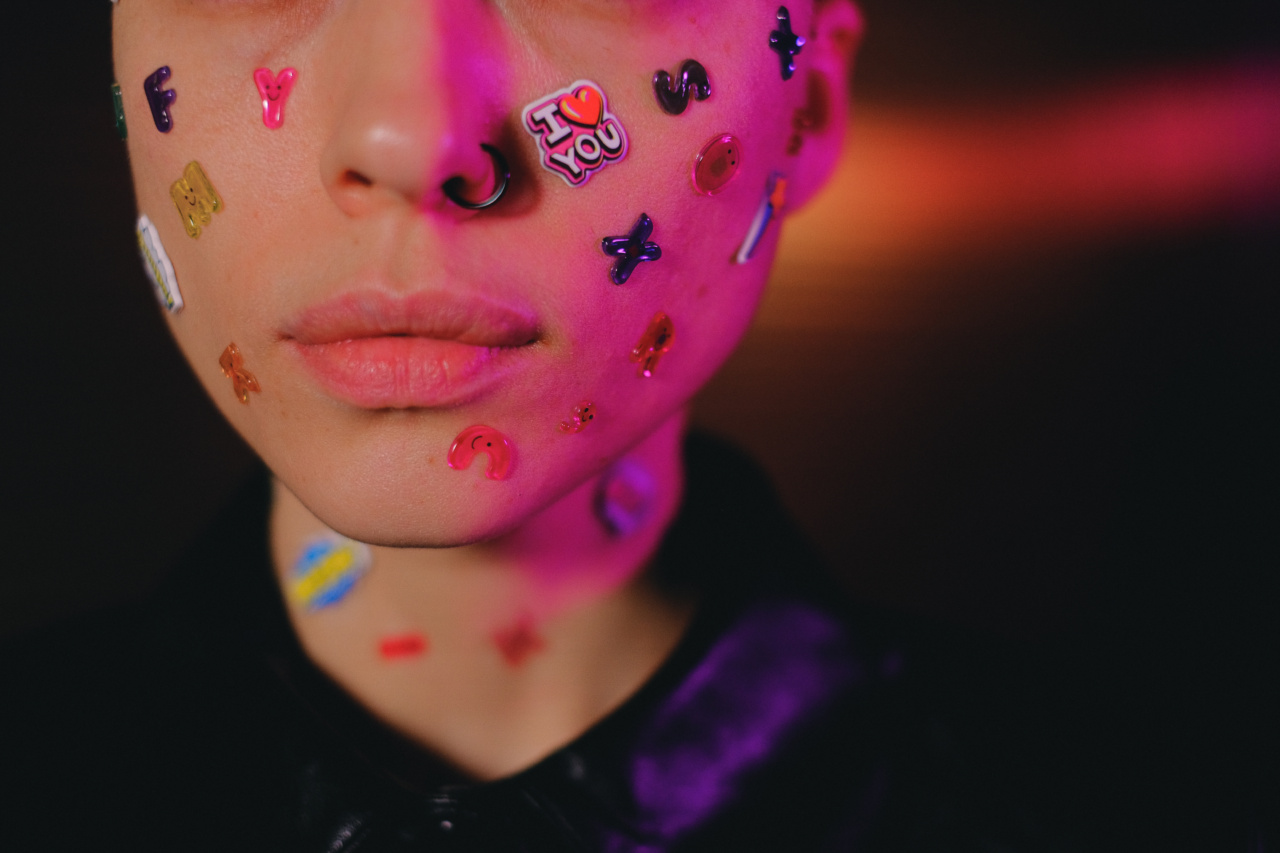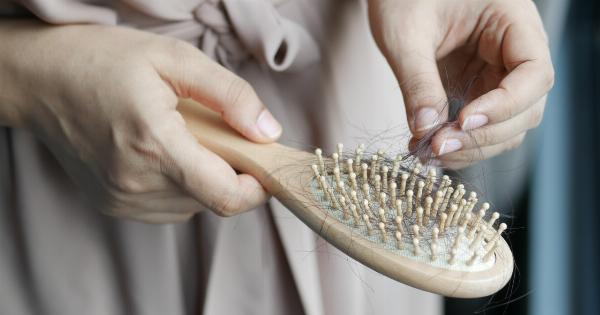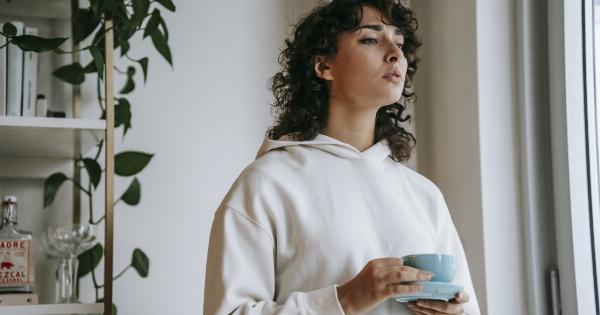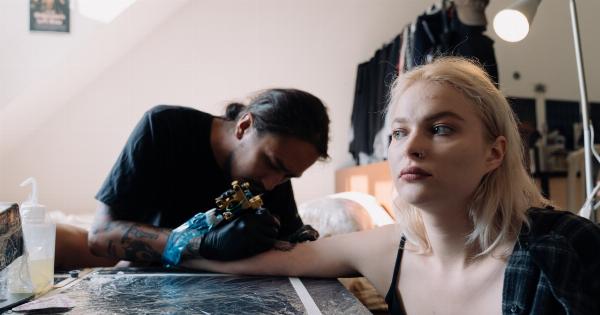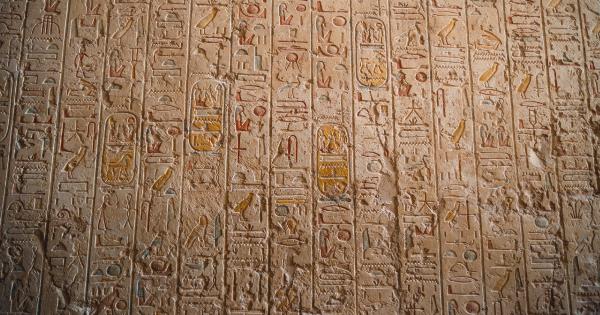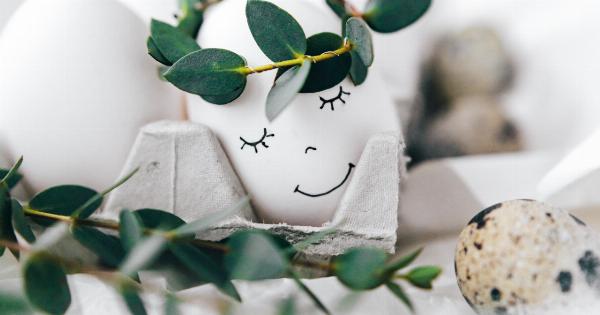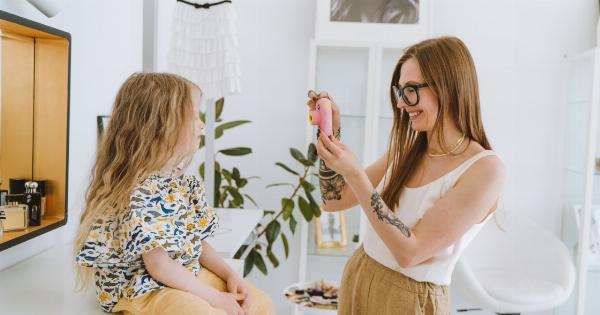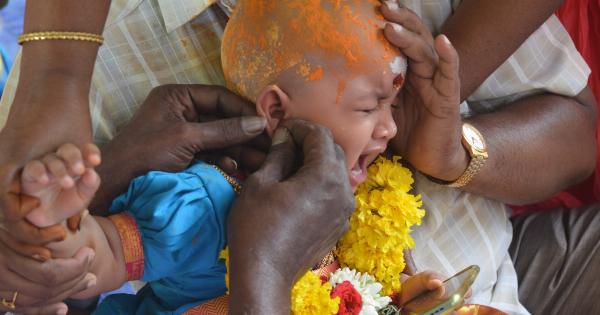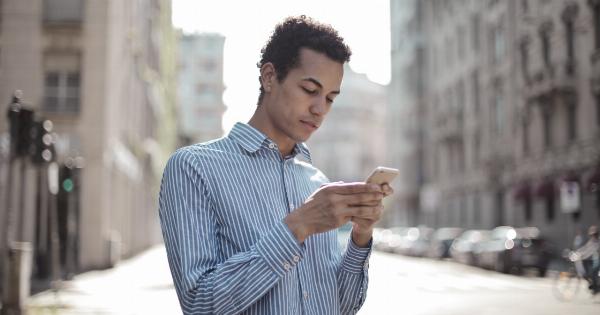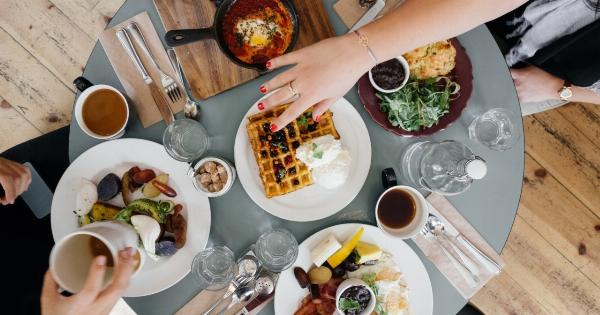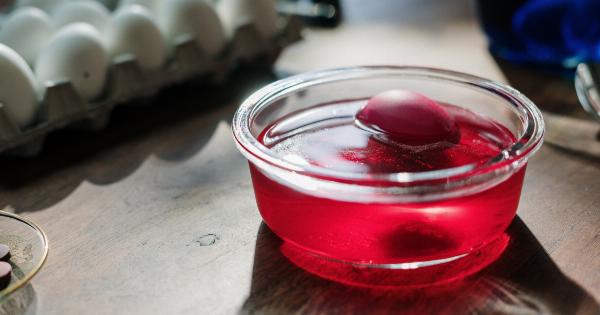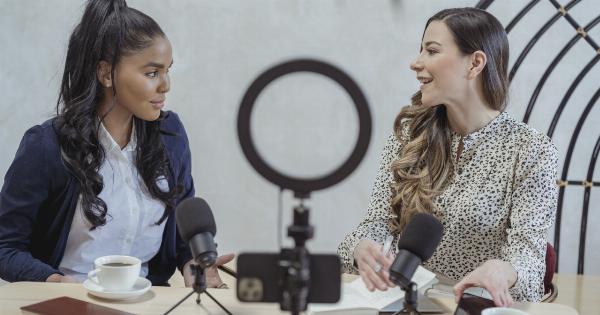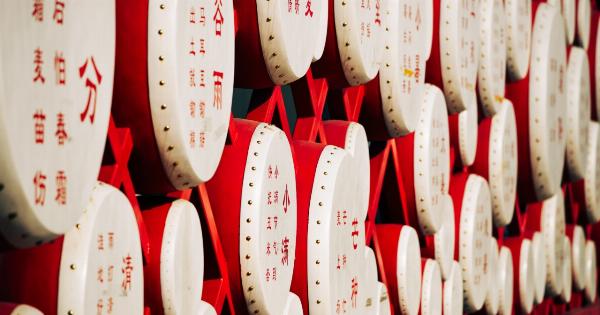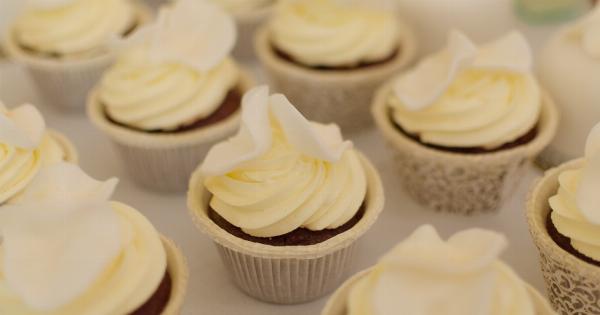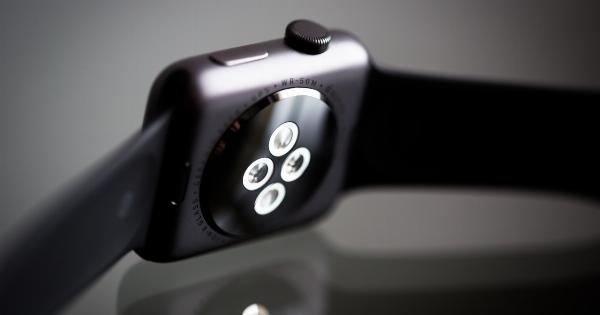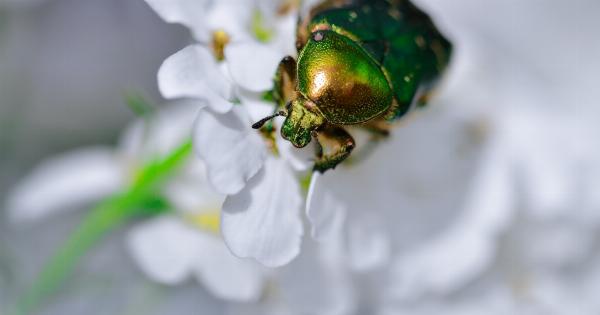Piercing is a form of body modification that has been practiced for centuries, spanning across various cultures and civilizations.
It involves the puncturing of certain body parts with a sharp object, often resulting in the placement of decorative jewelry. What was once considered a taboo practice has now gained popularity and acceptance in mainstream society. This article explores the art of piercing, its history, cultural significance, and modern-day trends.
Ancient Origins of Piercing
Piercing can be traced back to ancient civilizations, with evidence of its existence found in archaeological excavations. In ancient Egypt, piercing was practiced as a form of adornment and was prevalent among both men and women.
Pharaohs and high-ranking officials often wore ear, nose, and navel piercings, believing it enhanced their status and beauty.
In India, nose piercing holds significant cultural and religious importance. It is an integral part of traditional Indian weddings and is believed to enhance a woman’s beauty, as well as provide health benefits.
The Mayans and Aztecs of Central America also engaged in piercing rituals. They pierced their tongues, ears, and noses as a form of ritualistic self-sacrifice to appease their gods.
The Cultural Significance of Piercing
Piercing has long been associated with cultural and religious practices. It has held different meanings and significance across various societies throughout history.
In some African tribes, piercing is used as a symbol of beauty and social status. Certain tribes in Ethiopia, for example, practice lip plate piercing, where a large wooden or clay plate is inserted into a pierced lower lip.
The size of the plate represents the woman’s wealth and eligibility for marriage.
In certain Native American cultures, piercing was part of spiritual rituals to connect with the spiritual world. It was believed that the placement of jewelry in specific body parts could enhance spiritual energy and serve as a form of protection.
The Modern-Day Piercing Renaissance
In the 20th century, piercing experienced a revival with the rise of subcultures and counter-cultural movements. The punk and gothic subcultures embraced piercing as a way of expressing rebellion and individuality.
It became a symbol of non-conformity and an alternative form of beauty.
In recent years, piercing has become increasingly popular among people of all backgrounds. It is no longer limited to subcultures but has become a mainstream fashion trend.
Celebrities, influencers, and fashion icons have embraced various types of piercing, further fueling its widespread appeal.
The Different Types of Piercing
Piercing can be done on various parts of the body, each with its own unique name and significance. Here are some of the most popular types of piercing:.
1. Ear Piercing
Ear piercing is perhaps the most common and widely accepted form of piercing. It can range from simple earlobe piercings to more elaborate cartilage piercings.
2. Nose Piercing
Nose piercing is popular in many cultures and can be performed on the nostril or septum. It is often seen as a symbol of beauty and cultural identity.
3. Lip Piercing
Lip piercing involves the placement of jewelry on the upper or lower lip. It has become particularly popular among younger generations and is seen as a way to enhance facial aesthetics.
4. Navel Piercing
Navel piercing gained popularity in the 1990s and remains a popular choice for those seeking a discreet yet provocative form of self-expression.
5. Tongue Piercing
Tongue piercing involves piercing the tongue horizontally or vertically. It is usually chosen for aesthetic reasons but can also enhance certain experiences, such as kissing.
6. Eyebrow Piercing
Eyebrow piercing is a bold choice that can add a unique flair to one’s appearance. It involves piercing the eyebrow horizontally or vertically.
Pain, Safety, and Aftercare
Piercing involves puncturing the skin, which can cause temporary discomfort and pain. However, the pain level varies depending on the individual’s pain tolerance and the body part being pierced.
It is crucial to visit a reputable piercing studio or salon that follows strict hygiene practices to ensure safety. Professional piercers use sterilized equipment and adhere to proper techniques to minimize the risk of infection and complications.
Aftercare is essential to promote proper healing and minimize the risk of infection. It typically involves cleaning the piercing with saline solution or a specialized cleaning solution provided by the piercer.
Personal Expression and Identity
Piercing has evolved beyond a mere fashion trend and has become a form of personal expression and identity. People choose piercings to reflect their individuality, to challenge societal norms, or simply to enhance their beauty.
It has the power to transform one’s appearance and boost self-confidence.
Piercings can also hold sentimental value, with individuals getting piercings to commemorate important milestones or experiences in their lives.
The choice of jewelry can further personalize the piercing, allowing individuals to curate their unique style.
Conclusion
The art of piercing has a rich history and cultural significance that spans across continents and centuries.
What was once practiced by ancient civilizations and tribes as a form of rituals and adornment has now become a mainstream fashion trend and means of personal expression. Whether it’s a simple earlobe piercing or an elaborate arrangement of piercings on various body parts, piercing allows individuals to embrace their uniqueness and showcase their personal style.
